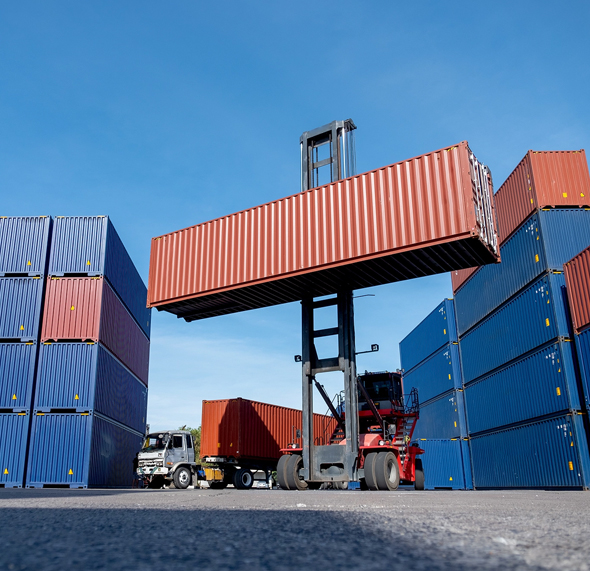Container shipment is a method of transportation that involves the use of standard-sized containers for the shipment of goods. The containers can be easily loaded and unloaded from ships, trucks, and trains, making it a popular method of transport for international trade.
Containers come in various sizes, with the most commonly used being the 20-foot and 40-foot containers. They are designed to be durable, weather-resistant, and secure, providing protection for goods during transit. They can be loaded with a wide range of goods, including dry goods, refrigerated goods, and hazardous materials.
One of the main advantages of container shipment is its cost-effectiveness. By utilizing standard-sized containers, the transportation costs can be significantly reduced compared to other methods of shipment. This is because containers can be easily moved from one mode of transport to another without the need for repacking or additional handling.
Container shipment also provides a secure way to transport large quantities of goods. Containers can be sealed and locked, providing protection against theft and damage. This reduces the risk of loss and damage during transport, providing peace of mind to shippers and receivers.
Container shipment is also efficient, with large quantities of goods being transported in a single container. This reduces the number of shipments required, minimizing the overall environmental impact of transportation.
Container shipment is widely used for international trade, with many ports and terminals around the world equipped to handle containerized cargo. This enables global trade to flourish, with goods transported from one part of the world to another, providing access to products and materials that may not be available locally.
Container shipment is a cost-effective and secure method of transportation that is widely used for international trade. By utilizing standard-sized containers that can be easily loaded and unloaded from ships, trucks, and trains, it provides an efficient way to transport large quantities of goods while minimizing the risk of loss and damage. Its popularity has enabled global trade to flourish, providing access to products and materials that may not be available locally.


